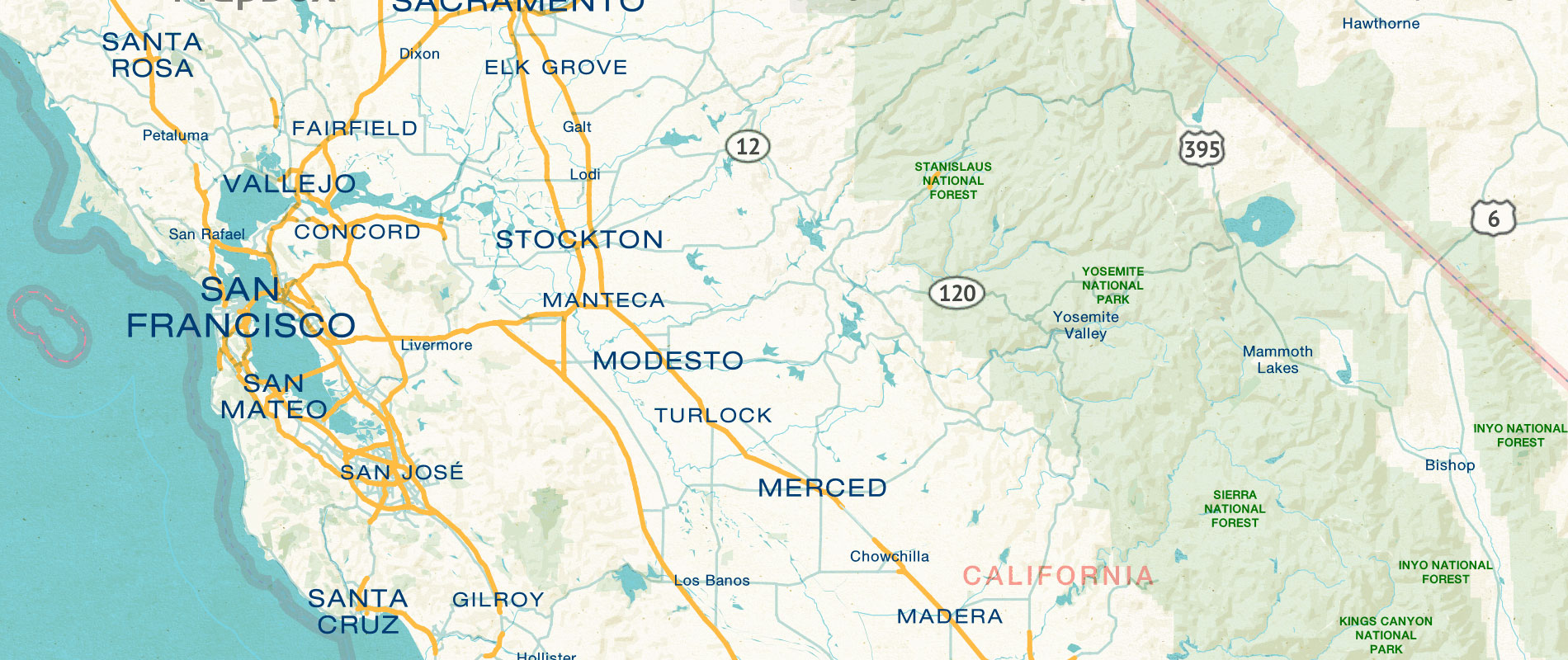Startups don’t come with maps; there’s no clear path from idea to a successful product.
We launched OpenPhoto with the hopes of helping regular folks like you or me better organize, archive and share photos. Our approach was different; we wanted to do so in a way that could guarantee your photo library would outlive our company.
We enjoyed success that most startups never do. We did a successful Kickstarter , had people all around the world installing our open source software , signed up tens of thousands of users at Trovebox and raised funding.
Still we didn’t do enough to build a sustainable business by offering our service to consumers. I wrote in more detail about our transition away from consumers on Medium .
The Decision
Our internal dashboard highlighted a single graph: revenue growth. I knew we needed weekly growth to reach sustainability in a reasonable time. We couldn’t simply add a few accounts each day we needed the signups to compound. Our target line on the graph grew exponentially but our actual line was growing linearly. This was bad, very bad.
Around this time we noticed there were more and more businesses using Trovebox. Naturally we decided to find out exactly how these companies were using it. After numerous conversations we felt there was a tremendous opportunity in an underserved market.
The consumer photo space is crowded. You’ll be hard pressed to find another market with more products and startups competing for consumer eyeballs. Businesses, however, don’t have many options that suit their needs. Consumer services don’t support multi-user accounts and don’t offer ways to easily source photos from teammates.
The Plunge
It took us a few months to make the transition but we finally relaunched Trovebox as a business product in November. Coincidentally a competitor released business metrics outlining their struggles building a subscription based consumer photo service. It was further validation that we had made the right decision 6 months earlier.
We immediately focused on growing our business customer base. We had similar internal charts on our dashboard along with a 6 month target growth line we needed to track.
Despite cold calling, working with sales people and exhibiting at expos we were struggling and the graphs weren’t looking good. It was around this time that I had a conversation with a friend which led to the idea of selling network attached storage with Trovebox installed and configured on them.
360 Degrees
The idea of network attached storage devices running our Trovebox software had legs. As I described it to people they loved it and if I had the chance to demo it their eyes lit up. Much moreso than when I described Trovebox as a cloud hosted photo service.


Remember when I said there’s no map? If there was a map I would have found a more direct path to this product. Instead it took us 3 years to get here which was the only way to arrive.
